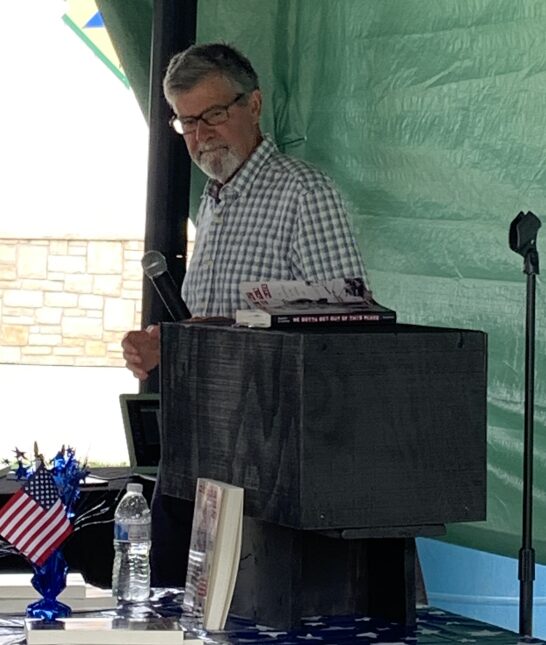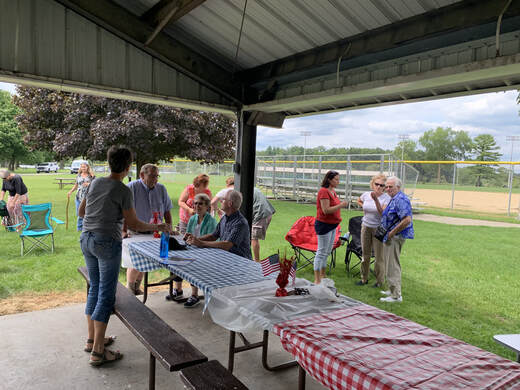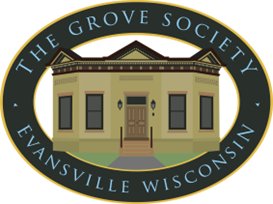We Gotta Get Out of This Place: The Sound Track of the Vietnam War
“We Gotta Get Out of This Place: The Soundtrack of the Vietnam War” placed popular music at the heart of the American experience in Vietnam. The presentation explored how and why U.S. troops turned to music as a way of connecting to each other and the World back home and of coping with the complexities of the war they had been sent to fight. The presentation demonstrated how music was important for every group of Vietnam veterans—black and white, Latino and Native American; men and women; officers and “grunts.”
Doug Bradley was a veteran of the Vietnam War and the author of two books, DEROS Vietnam: Dispatches from the Air-Conditioned Jungle, and We Gotta Get Out of This Place: The Soundtrack of the Vietnam War (co-authored with Professor Craig Werne). Rolling Stone magazine named the latter “Best Music Book of 2015.” Bradley and Werner co-taught a very popular class at UW–Madison on the music of the Vietnam War. UW Badger Talks made Bradley available for the event.

Bradley spoke at the Grove Society’s fourth annual History In The Park event on August 25. The well-attended event began with lunch from BBQ Bob’s Brat Bunker. The Society welcomed a number of local Vietnam veterans, with thanks for their service and regrets for the harsh treatment that many of our retuning Vietnam veterans received after returning from the war.
Bradley’s presentation included a moving explanation of the music of the era and what it meant to the soldiers in Vietnam, as well to as their families back home. Listening to the music was all the more special because Matt Koser’s volunteered sound system made the music reach us all. Several people and the Grove Society picked up copies of Bradley’s book, “We Gotta Get Out Of This Place: The Soundtrack of the Vietnam War,” on which the presentation was based. Bradley told many touching stories of interviews with Vietnam veterans that he collected with Professor Werner.

